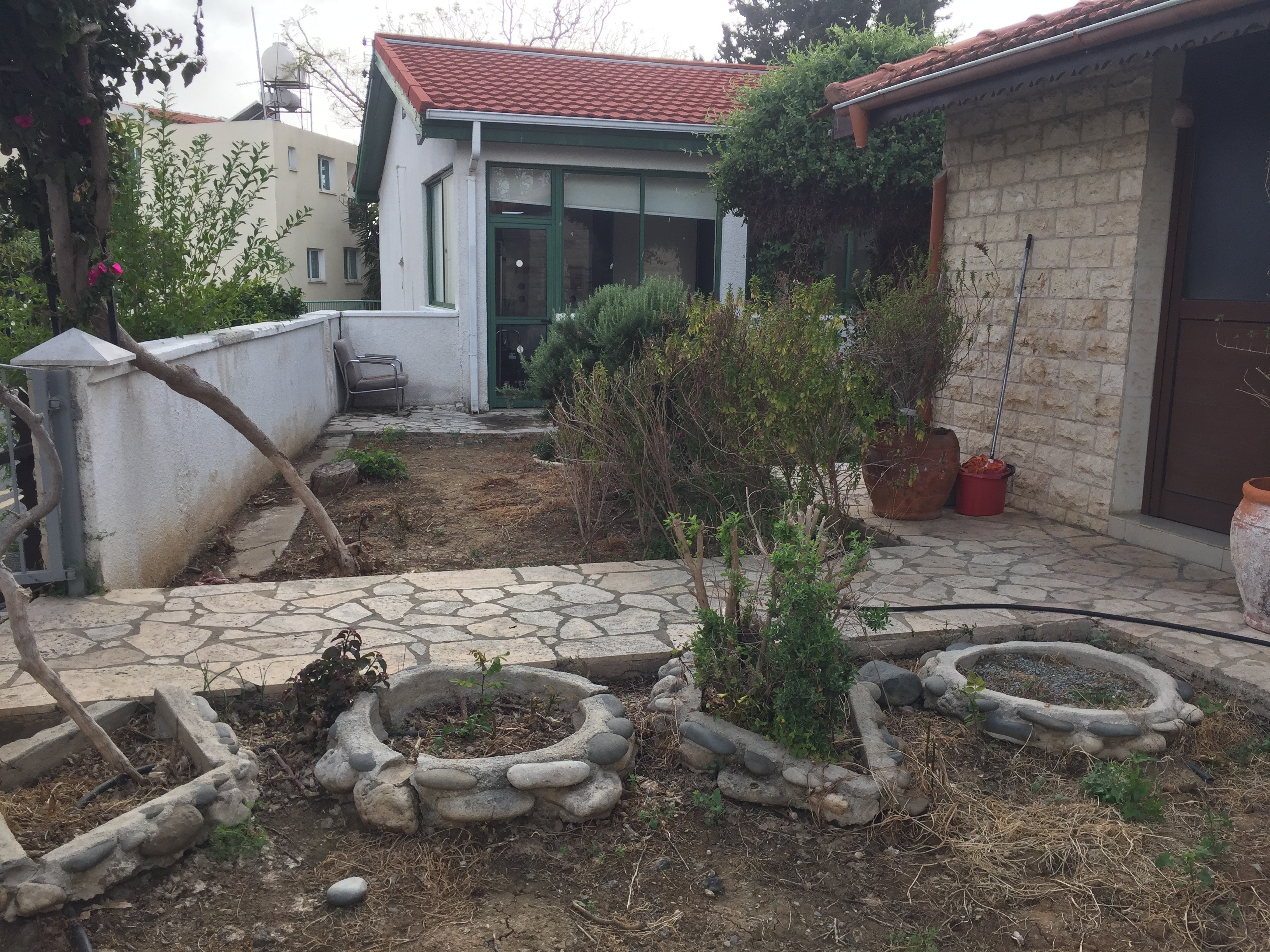From regulating the price of chicken to levying fees on cigarettes, Hamas is seeking to widen control over Gaza as U.S. plans for its future slowly take shape, Gazans say, adding to rivals’ doubts over whether it will cede authority as promised.
After a ceasefire began last month, Hamas swiftly reestablished its hold over areas from which Israel withdrew, killing dozens of Palestinians it accused of collaborating with Israel, theft or other crimes. Foreign powers demand the group disarm and leave government but have yet to agree who will replace them.
Now, a dozen Gazans say they are increasingly feeling Hamas control in other ways. Authorities monitor everything coming into areas of Gaza held by Hamas, levying fees on some privately imported goods including fuel as well as cigarettes and fining merchants seen to be overcharging for goods, according to 10 of the Gazans, three of them merchants with direct knowledge.
Ismail Al-Thawabta, head of the media office of the Hamas government, said accounts of Hamas taxing cigarettes and fuel were inaccurate, denying the government was raising any taxes.
ANALYST SEES HAMAS ENTRENCHING
The authorities were only carrying out urgent humanitarian and administrative tasks whilst making “strenuous efforts” to control prices, Thawabta said. He reiterated Hamas’ readiness to hand over to a new technocratic administration, saying it aimed to avoid chaos in Gaza: “Our goal is for the transition to proceed smoothly”.
Hatem Abu Dalal, owner of a Gaza mall, said prices were high because not enough goods were coming into Gaza. Government representatives were trying to bring order to the economy – touring around, checking goods and setting prices, he said.
Mohammed Khalifa, shopping in central Gaza’s Nuseirat area, said prices were constantly changing despite attempts to regulate them. “It’s like a stock exchange,” he said.
“The prices are high. There’s no income, circumstances are difficult, life is hard, and winter is coming,” he said.
U.S. President Donald Trump’s Gaza plan secured a ceasefire on October 10 and the release of the last living hostages seized during the Hamas-led October 7, 2023 attacks on Israel.
The plan calls for the establishment of a transitional authority, the deployment of a multinational security force, Hamas’ disarmament, and the start of reconstruction.
But Reuters, citing multiple sources, reported this week that Gaza’s de facto partition appeared increasingly likely, with Israeli forces still deployed in more than half the territory and efforts to advance the plan faltering.
Nearly all of Gaza’s 2 million people live in areas controlled by Hamas, which seized control of the territory from President Mahmoud Abbas’ Palestinian Authority (PA) and his Fatah Movement in 2007.
Ghaith al-Omari, a senior fellow at the Washington Institute think-tank, said Hamas’ actions aimed to show Gazans and foreign powers alike that it cannot be bypassed.
“The longer that the international community waits, the more entrenched Hamas becomes,” Omari said.
U.S. STATE DEPARTMENT: HAMAS ‘WILL NOT GOVERN’
Asked for comment on Gazans’ accounts of Hamas levying fees on some goods, among other reported activities, a U.S. State Department spokesperson said: “This is why Hamas cannot and will not govern in Gaza”.
A new Gaza government can be formed once the United Nations approves Trump’s plan, the spokesperson said, adding that progress has been made towards forming the multinational force.
The PA is pressing for a say in Gaza’s new government, though Israel rejects the idea of it running Gaza again. Fatah and Hamas are at odds over how the new governing body should be formed.
Munther al-Hayek, a Fatah spokesperson in Gaza, said Hamas actions “give a clear indication that Hamas wants to continue to govern”.
In the areas held by Israel, small Palestinian groups that oppose Hamas have a foothold, a lingering challenge to it.
Gazans continue to endure dire conditions, though more aid has entered since the ceasefire.
THEY ‘RECORD EVERYTHING’
A senior Gazan food importer said Hamas hadn’t returned to a full taxation policy, but they “see and record everything”.
They monitor everything that enters, with checkpoints along routes, and stop trucks and question drivers, he said, declining to be identified. Price manipulators are fined, which helps reduce some prices, but they are still much higher than before the war began and people complain they have no money.
Hamas’ Gaza government employed up to 50,000 people, including policemen, before the war. Thawabta said that thousands of them were killed, and those remaining were ready to continue working under a new administration.
Hamas authorities continued paying them salaries during the war, though it cut the highest, standardizing wages to 1,500 shekels ($470) a month, Hamas sources and economists familiar with the matter said. It is believed that Hamas drew on stockpiled cash to pay the wages, a diplomat said.
The Hamas government replaced four regional governors who were killed, sources close to Hamas said. A Hamas official said the group also replaced 11 members of its Gaza politburo who died.
Gaza City activist and commentator Mustafa Ibrahim said Hamas was exploiting delays in the Trump plan “to bolster its rule”. “Will it be allowed to continue doing so? I think it will continue until an alternative government is in place,” he said.







Click here to change your cookie preferences